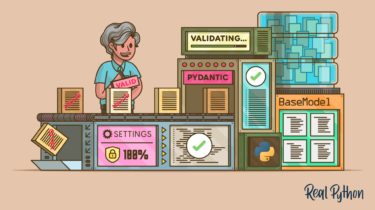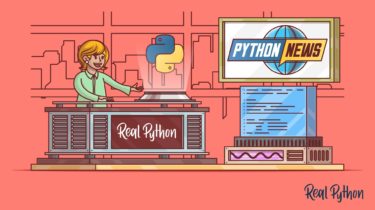Pydantic: Simplifying Data Validation in Python
Pydantic’s primary way of defining data schemas is through models. A Pydantic model is an object, similar to a Python dataclass, that defines and stores data about an entity with annotated fields. Unlike dataclasses, Pydantic’s focus is centered around automatic data parsing, validation, and serialization. The best way to understand this is to create your own models, and that’s what you’ll do next. Working With Pydantic BaseModels Suppose you’re building an application used by a human resources department to manage […]
Read more





